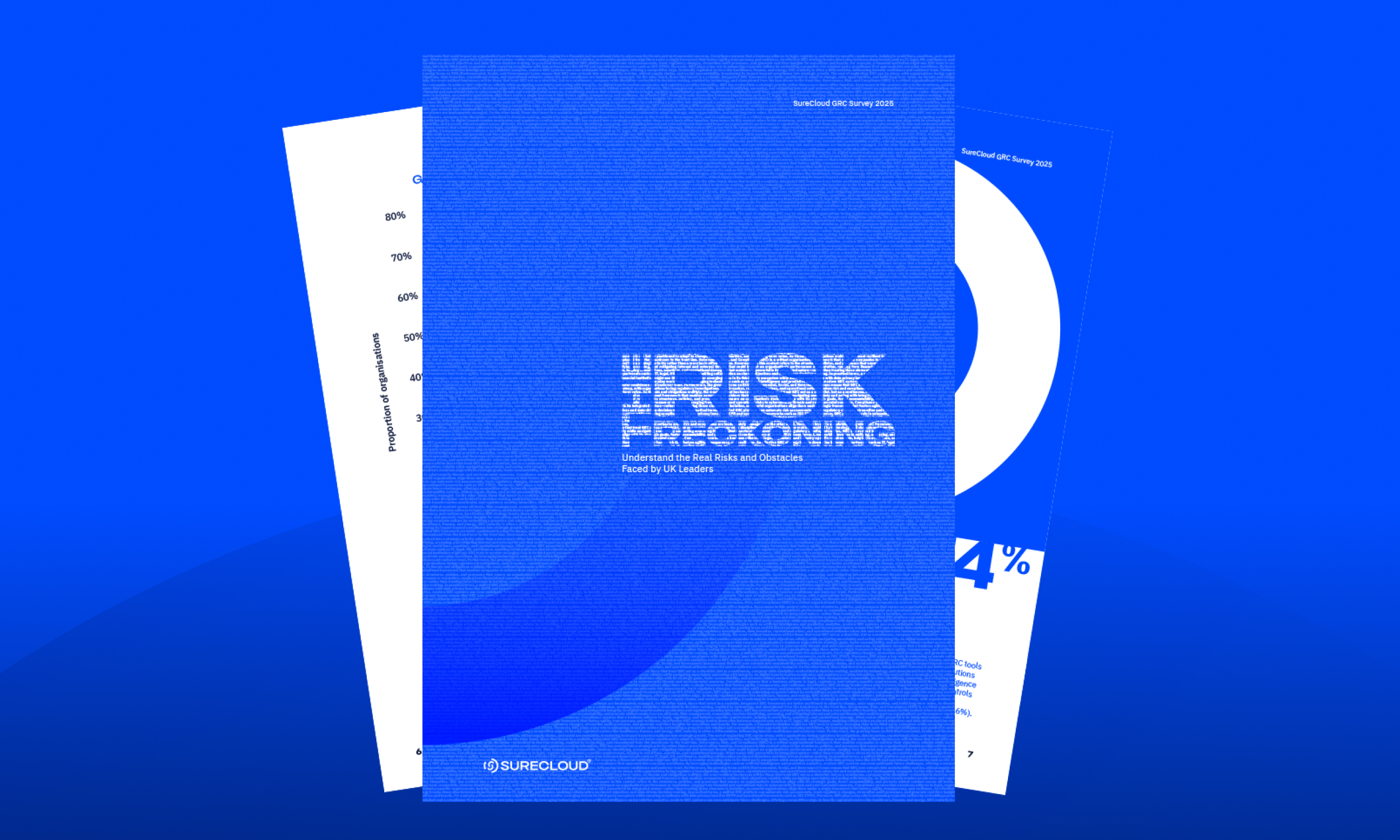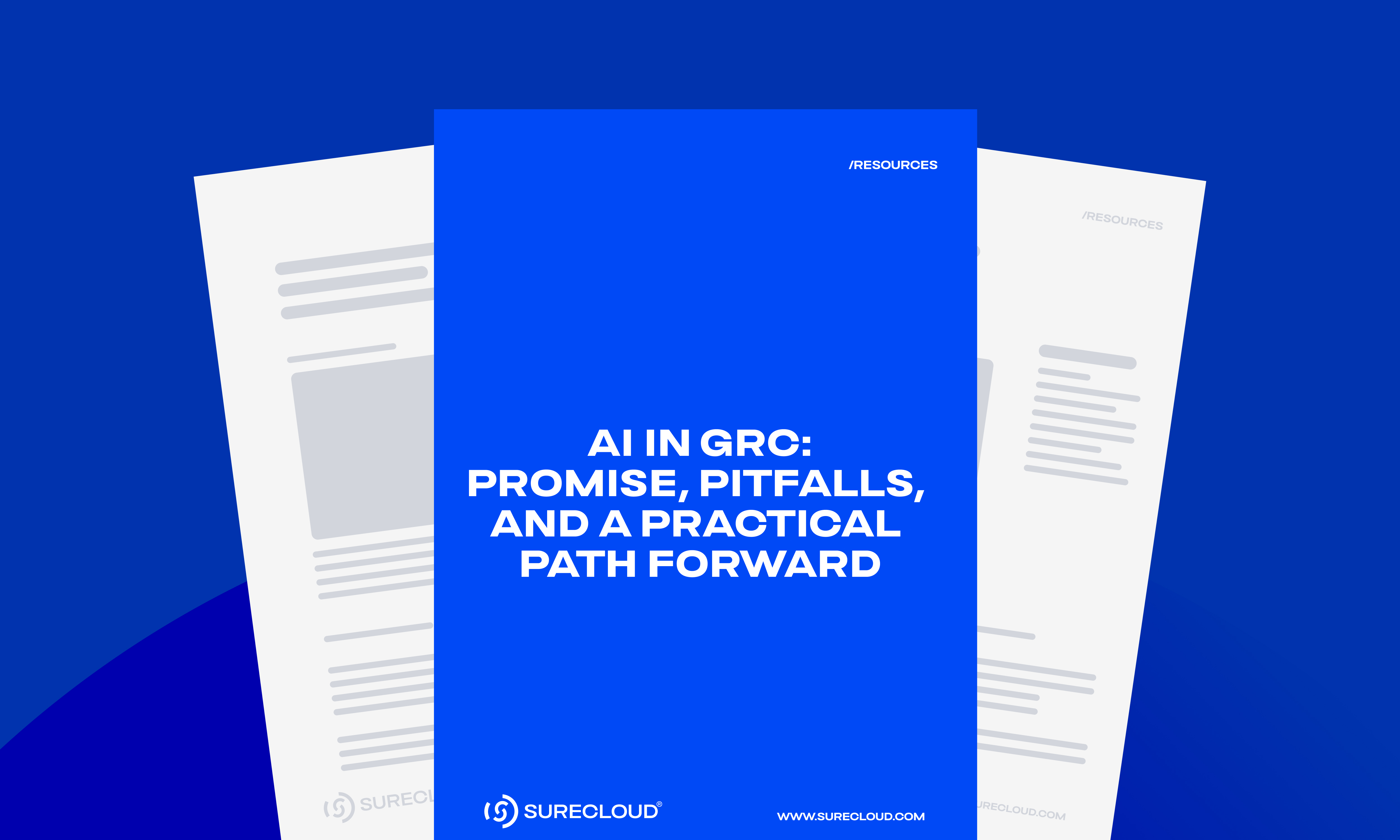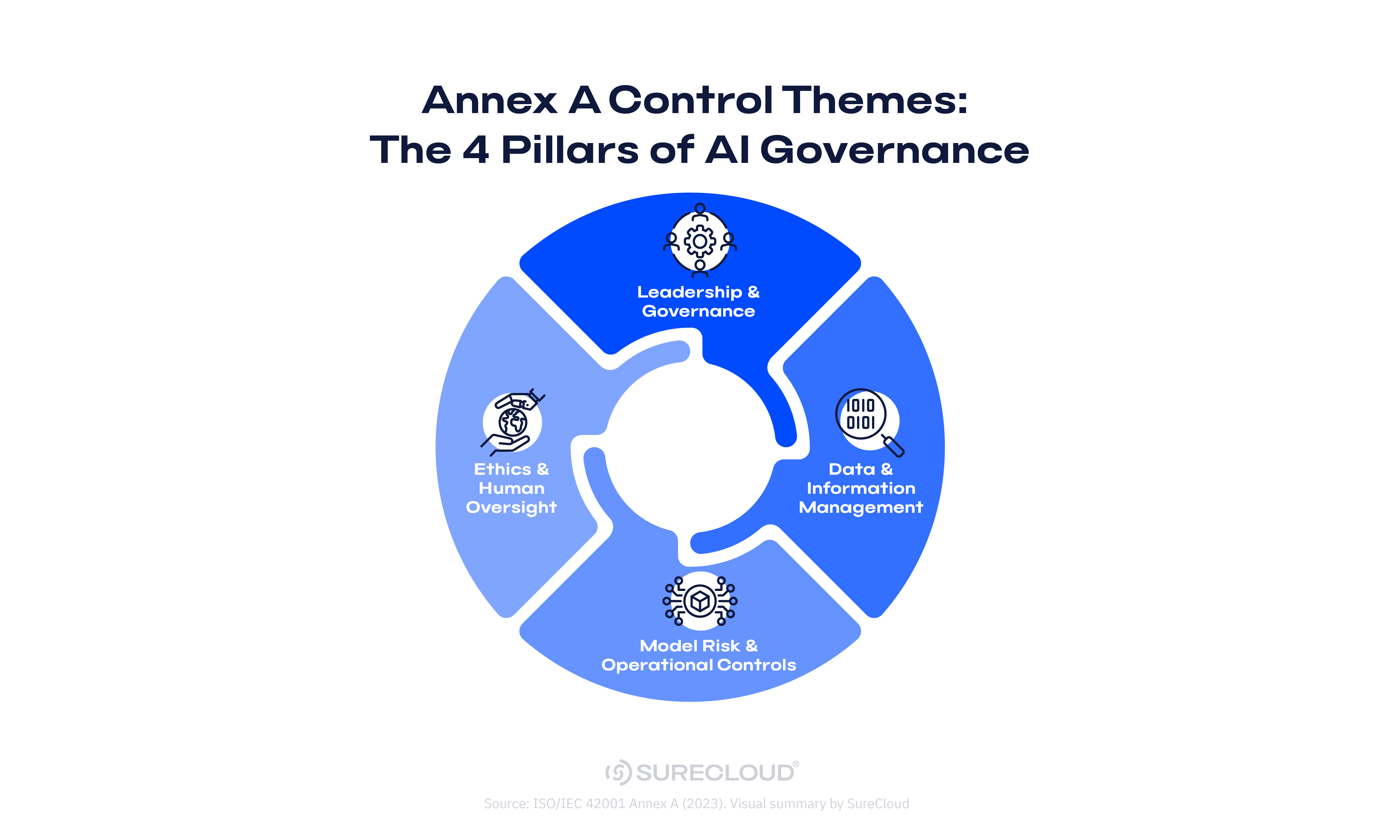Resources
Expert insights for the compliance connoisseur: We cover the latest on frameworks, risks, and security trends.
All Resources
- Show All
- Blog
- Webinar
- White Paper
- Workshop
- Podcast
- Other
- Guide
- How To
- Toolkit

- Featured
- Toolkit
- DORA
- Compliance
The Complete DORA Self-Assessment

- Featured
- White Paper
- GRC
The Risk Reckoning - Exclusive Industry Research report

- Featured
- Other
- GRC
Get your free RFP template for GRC software

- Guide
- Risk Management
Risk Registers Explained

- White Paper
- ISO 42001
AI in GRC: Promise, Pitfalls, and a Practical Path Forward

- Blog
- Third-Party Risk
How to Prioritise Your Third-Party Risks in 2026

- Blog
- ISO 42001
EU vs UK AI Regulation: What It Means for Governance & Risk

- Blog
- Third-Party Risk
The Invisible Risk Vector: Why Third-Party Risk Can No Longer Be the Poor Relation

- Blog
- Third-Party Risk
What Is Third-Party Risk Management? TPRM Explained
.jpg)
- Blog
- ISO 42001
- Compliance
NIST AI RMF vs ISO 42001 – Which Framework Fits Your Organization?
See How Our Solutions Deliver Real Results
See how our proven solutions have empowered organizations to achieve resilience, efficiency, and measurable results. Download our exclusive case study collection and explore how we deliver assurance in action.

Reviews
Read Our G2 Reviews
4.5 out of 5
"Excellent GRC tooling and professional service"
The functionality within the platform is almost limitless. SureCloud support & project team are very professional and provide great...
Posted on
G2 - SureCloud
5 out of 5
"Great customer support"
The SureCloud team can't do enough to ensure that the software meets our organisation's requirements.
Posted on
G2 - SureCloud
4.5 out of 5
"Solid core product with friendly support team"
We use SureCloud for Risk Management and Control Compliance. The core product is strong, especially in validating data as it is...
Posted on
G2 - SureCloud
4.5 out of 5
"Excellent support team"
We've been happy with the product and the support and communication has been excellent throughout the migration and onboarding process.
Posted on
G2 - SureCloud

.png)



.jpg)













